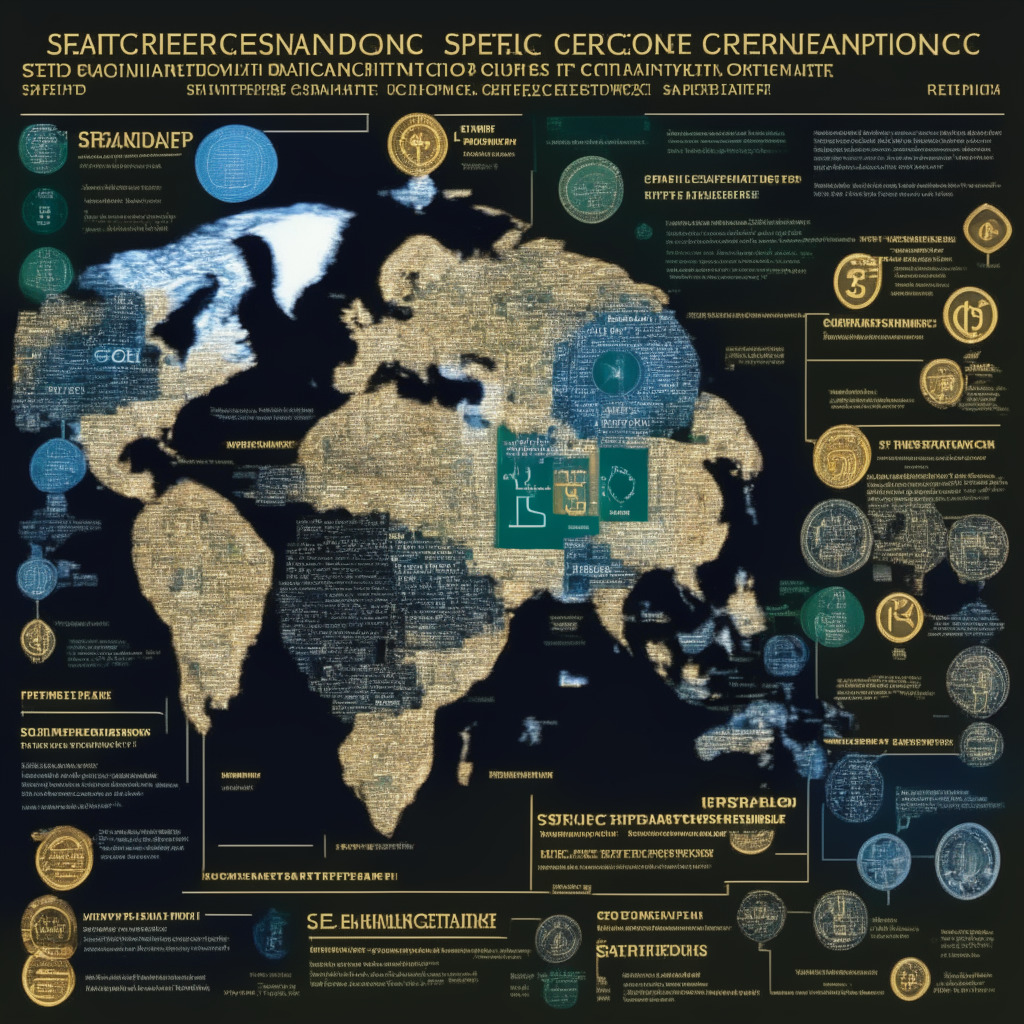Ripple Labs secures a win in its legal battle with the SEC, as Judge Torres denies the SEC’s request to seal Hinman speech documents. This case highlights the debate on cryptocurrency regulations, with advocates arguing for safety, transparency, and legitimacy, while critics warn of overregulation stifling innovation.
Search Results for: markets In Crypto-Assets
EU Crypto Regulation: Exploring MiCA’s Impact on Innovation and Security
EU finance ministers approved the Markets in Crypto Assets (MiCA), aiming to create a uniform approach to crypto regulation. Slated to become law this summer, MiCA will provide clarity for mainstream adoption, though tighter rules might hinder innovation. The EU’s efforts, including expanded AML rules and mandatory information sharing, aim to balance industry confidence, transparency, and potential risks.
G-7 Finance Ministers Embrace Crypto Regulation and Central Bank Digital Currencies
The G-7 finance ministers discussed their commitment to regulating crypto-assets and exploring central bank digital currencies (CBDCs) in a recent meeting. They emphasized the need for effective regulatory frameworks while supporting innovation and addressing potential risks to the monetary and financial system.
Unraveling the Complex Relationship Between Crypto and Traditional Finance
The S&P Global report reveals a complicated relationship between the crypto ecosystem and traditional finance due to unique factors driving cryptocurrencies. Analyzing crypto assets’ performance during expansionary monetary policies, recessions, and inflation highlights the influence of geography, idiosyncrasies and exceptional events, complicated further by increasing institutional adoption.
EU’s MiCA Regulation: Impact on Crypto Assets, Stablecoins and NFTs, and Investor Protections
The European Union is preparing to implement the Markets in Crypto Assets (MiCA) regulation by July 2023, covering crypto-assets and their issuance, trading, and offering. MiCA aims to update the EU with new technologies, introducing stricter rules on stablecoins, increased disclosure obligations for crypto businesses, and implementing anti-money laundering and data security procedures. However, it does not apply to non-fungible tokens (NFTs).




